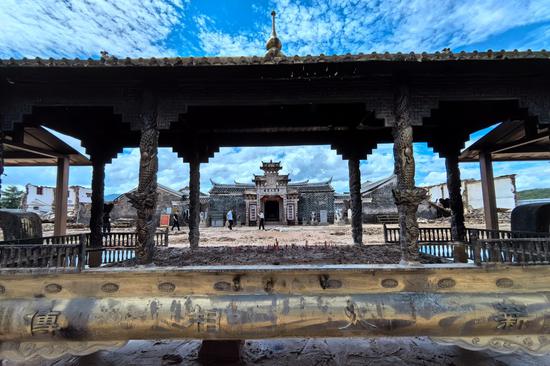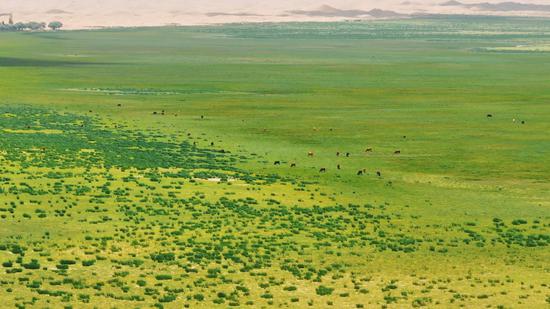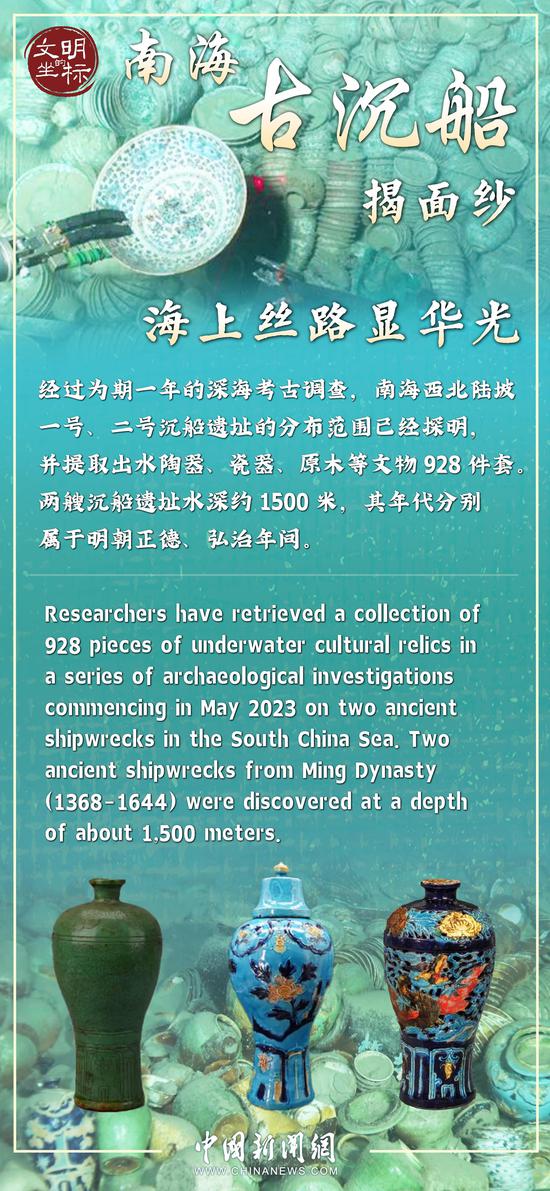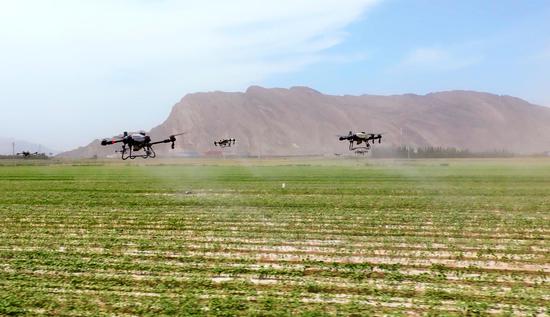The samples China's Chang'e-6 lunar probe will bring back to Earth from the moon is possibly basalt from 2.5 billion years ago, Chinese scientists said in a latest study published in The Innovation, a partner journal of Cell Press, on Tuesday, the day Chang'e-6 is scheduled to come back to its home planet with the world’s first sample from the moon’s far side after a 53-day journey in space, the Global Times learned from the press.
Chang'e-6 probe was launched on May 3. After experiencing lunar orbit insertion and the separation of the lander-ascender combination and the orbiter-returner combination, it successfully landed within the Apollo crater, which is inside the largest impact basin on the Moon, i.e., South Polar-Aitken (SPA) basin.
Research on the returned samples could provide ground truth for the study of the geological evolution history of the moon. However, previous missions all collected samples from the nearside of the moon, which is significantly different to the far side of the moon in terms of the thickness of the lunar crust, magma activities, and compositions. Therefore, the samples from the far side of the moon are of great significance for a comprehensive understanding of the history of the moon, read the study.
"There are significant differences between the terrain, lunar crust thickness, magma activity, and composition of the near side and far side of the moon. Chang'e 6 has obtained samples from the far side of the moon for the first time, which is expected to reveal one of the most fundamental scientific questions in lunar science research: what causes the differences between the two sides of the moon?" Yue Zongyu, first-author of the study and researcher from the Institute of Geology and Geophysics Chinese Academy of Sciences, said in a statement the Cell Press sent to the Global Times.
According to the numerical simulation of the formation process of the SPA, scientists found that Chang’e-6 landed at the edge of the SPA impact melting zone that is presumably composed by the impact melt of the lunar mantle. The Apollo crater subsequently excavated deep material further, which constitutes the basement of the Chang’e-6 landing area. Later erupted basalt covered these basement rocks, and they also constitute the main source of the Chang'e-6 samples.
Based on the dating method of crater size-frequency distribution, scientists found the basalt is from about 2.5 billion years ago. The Chang’e-6 samples also possibly contain the basement rocks as excavated and ejected by craters, and they can provide crucial information for our understanding of the lunar geological history along with the basalt samples, according to the study.
“What I most hope for is that the samples brought back by Chang'e 6 contain some impact melt materials from the Apollo impact craters and the SPA basin (fragments produced when smaller celestial bodies impact the moon), which can provide crucial clues for studying the early impact flux on the moon. Once we obtain this information, it will not only help clarify the role of early meteorite impacts in the formation of the moon, but also have significant implications in analyzing the early impact history within the solar system," Yue noted.


















































 京公网安备 11010202009201号
京公网安备 11010202009201号